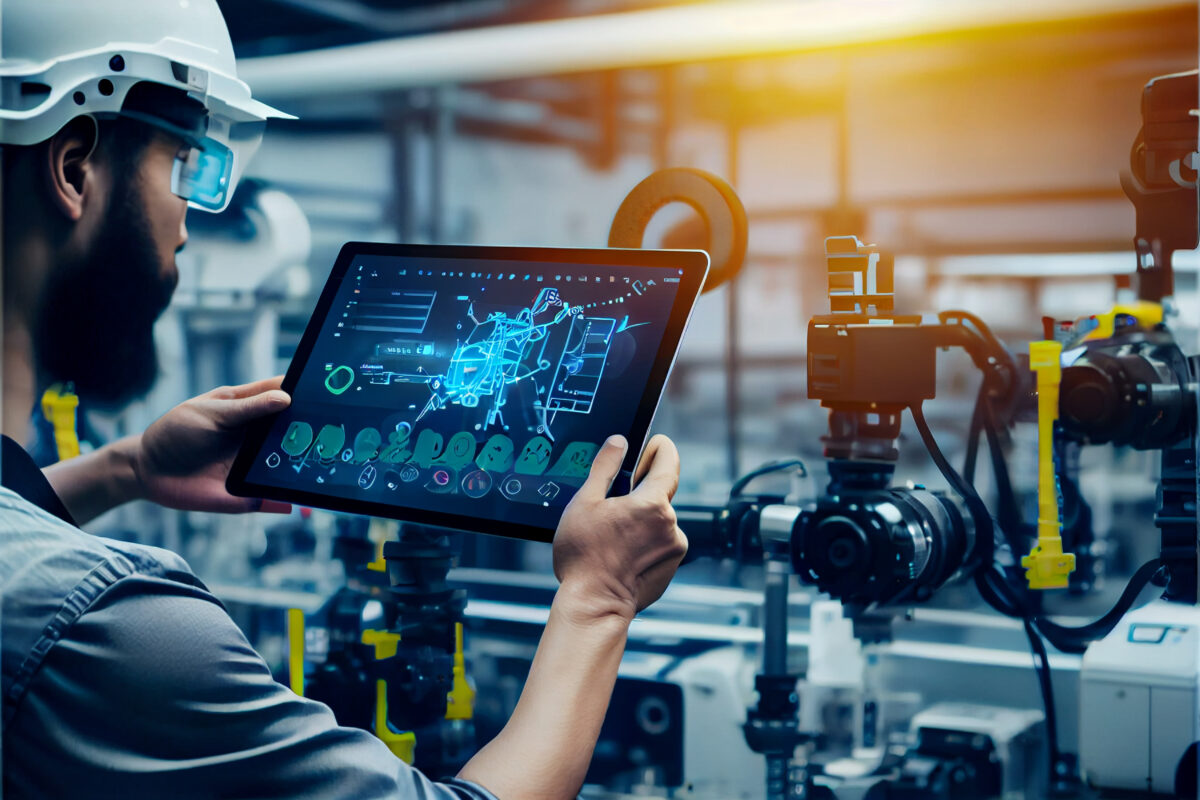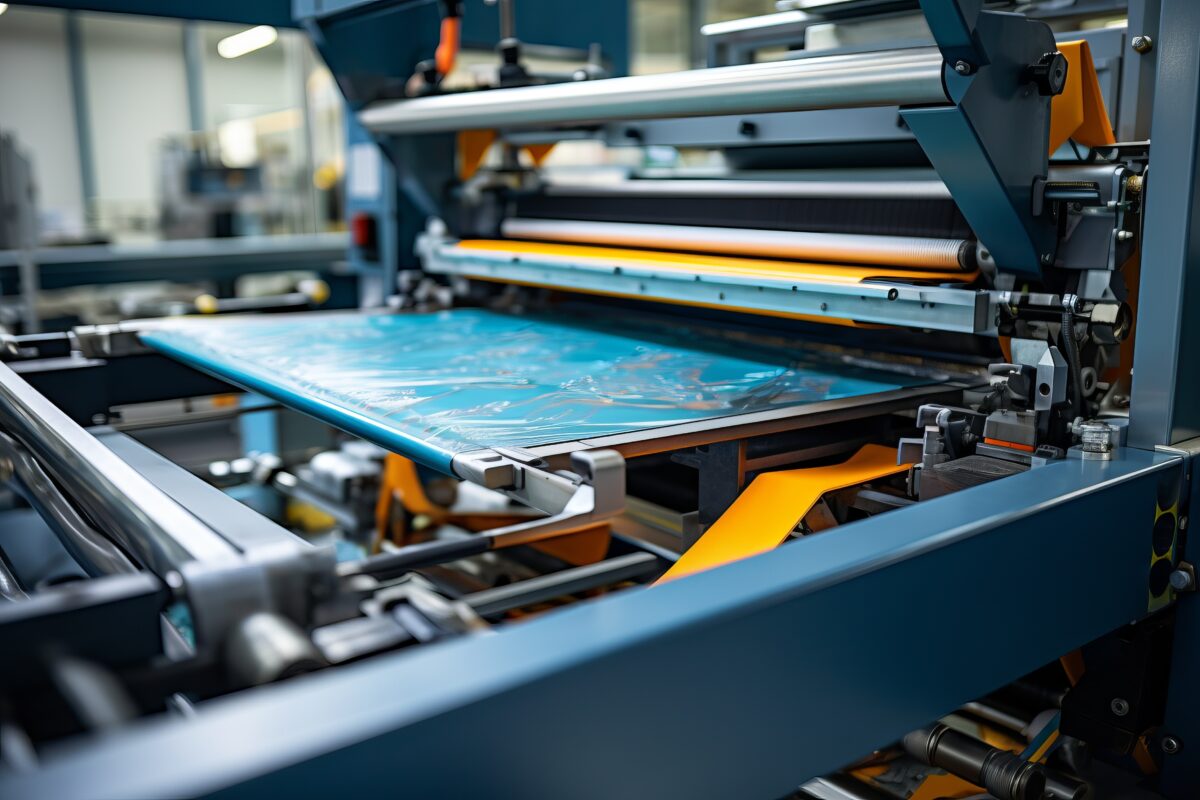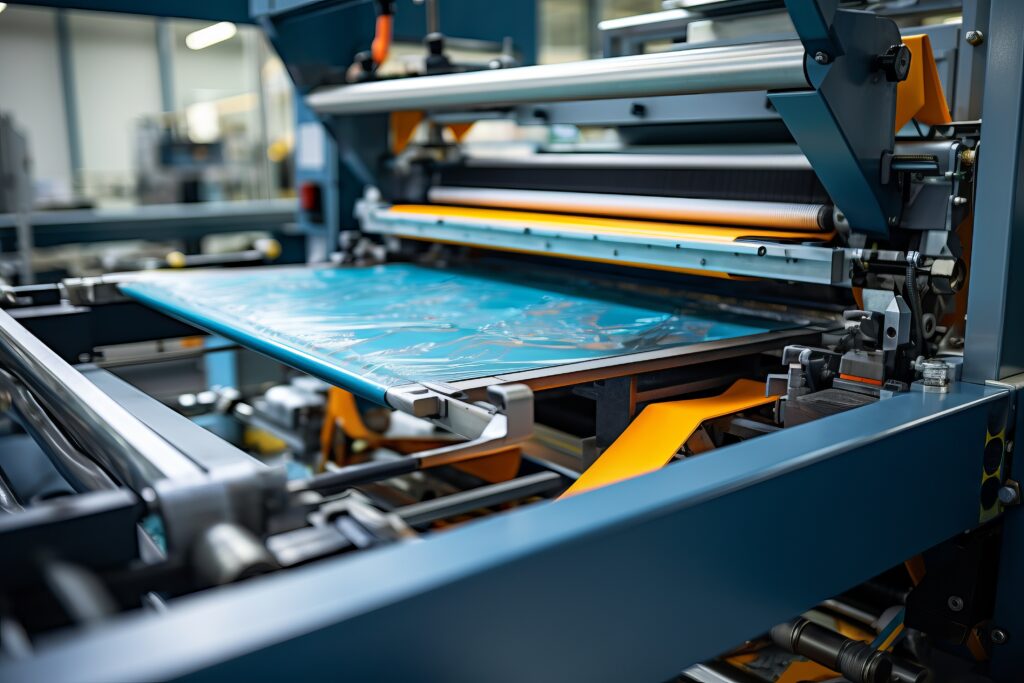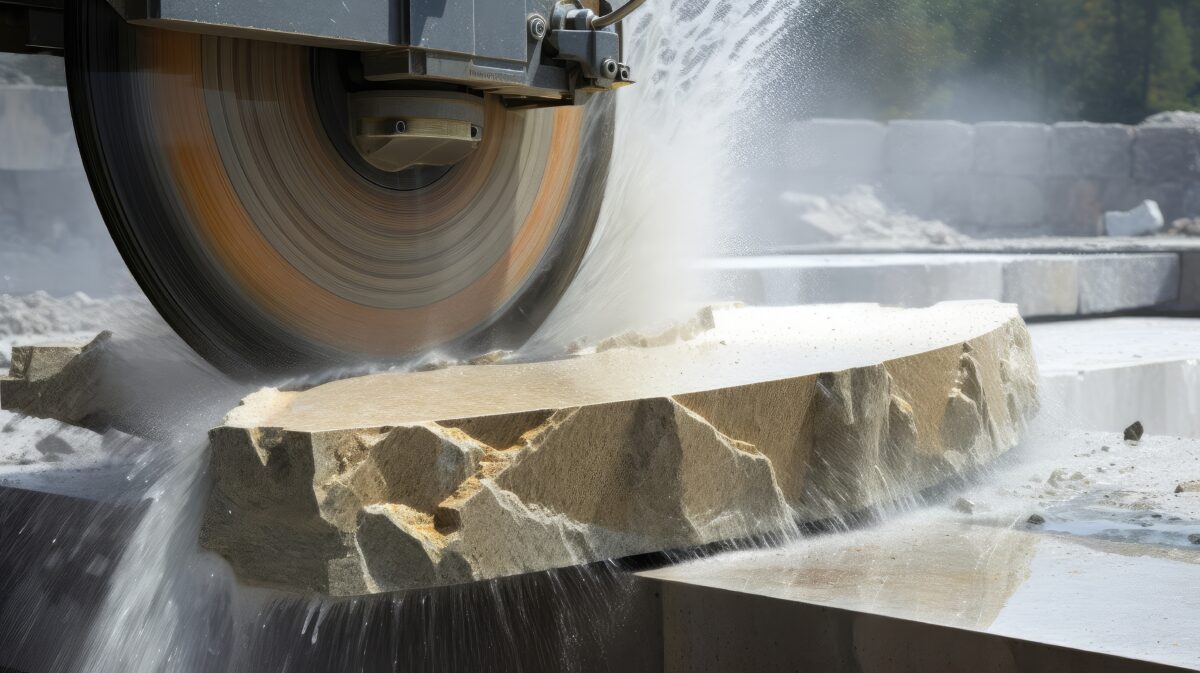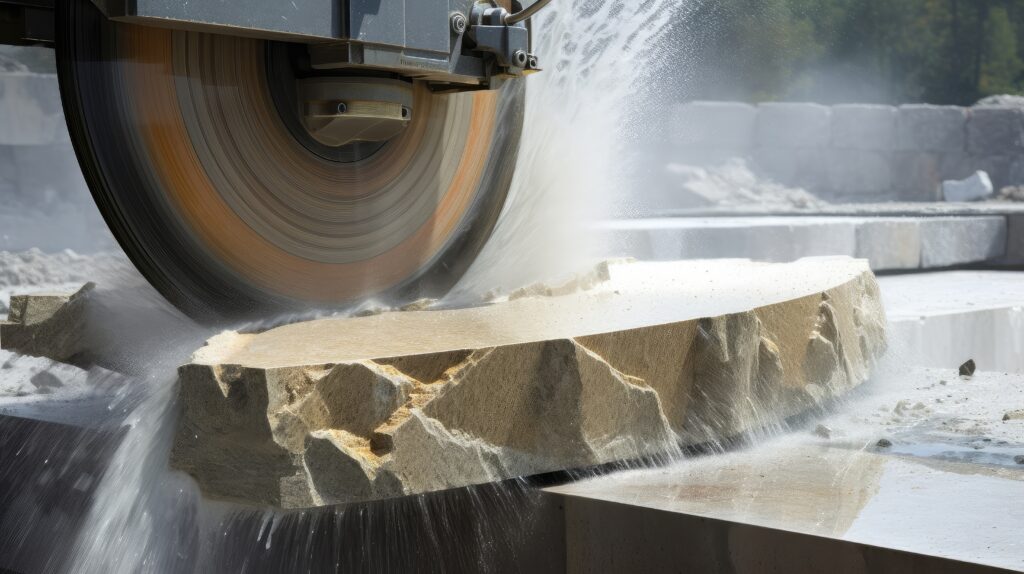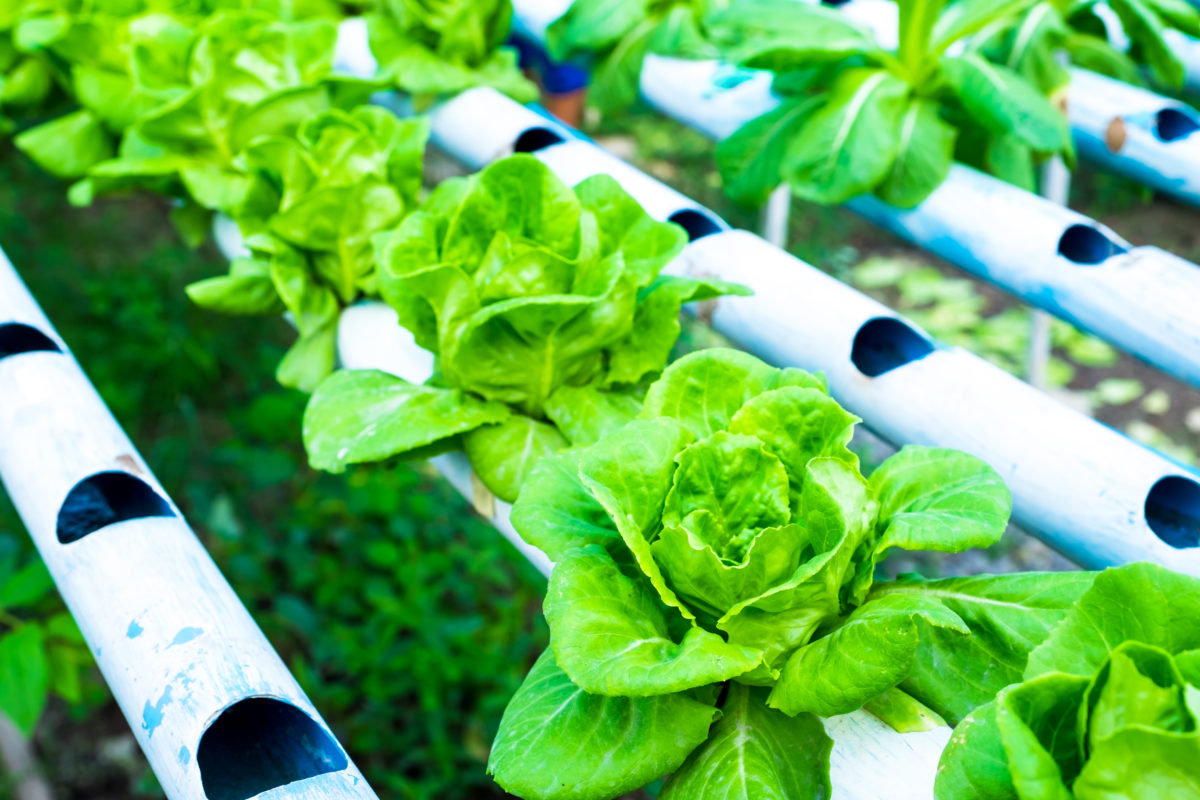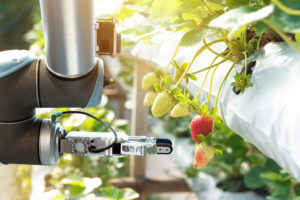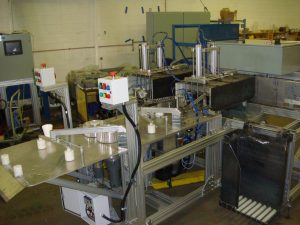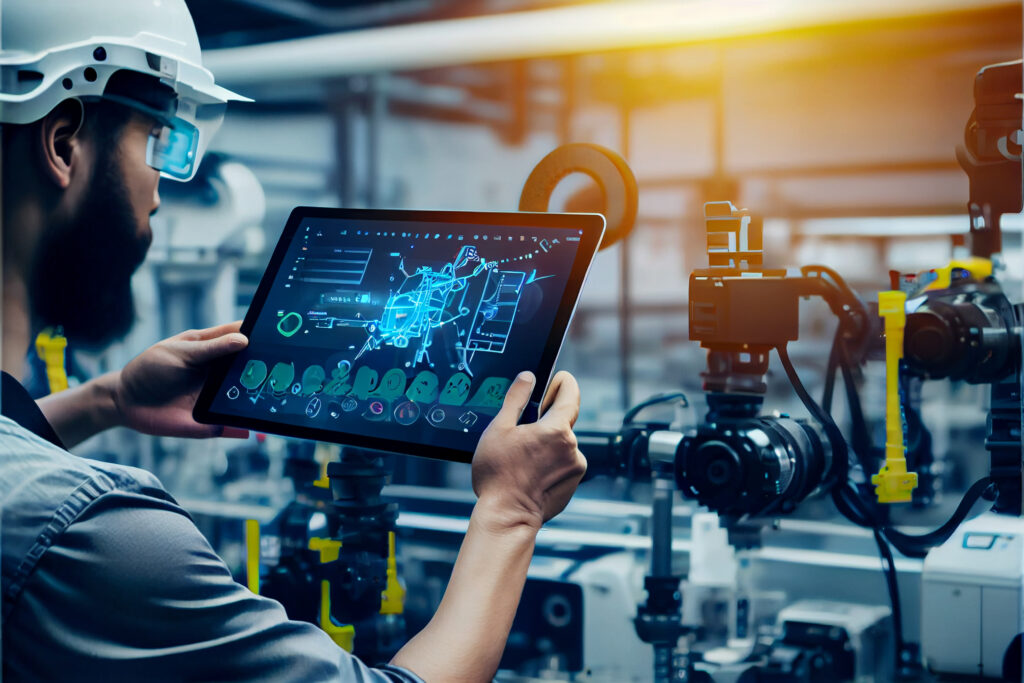
In the ever-evolving landscape of technology, the role of automation software in the engineering sector has become increasingly pivotal. As we step into 2024, the demand for efficiency, precision, and streamlined processes is at an all-time high. Engineering companies worldwide are turning to cutting-edge automation software to revolutionize their operations, boost productivity, and stay ahead in the competitive market.
Rise of Artificial Intelligence (AI) in Automation
The integration of artificial intelligence into automation software has been a game-changer for engineering firms. In 2024, AI is not merely a buzzword but a practical solution to enhance decision-making, optimize workflows, and predict potential issues before they arise. Machine learning algorithms enable systems to learn from historical data, allowing for continuous improvement and adaptive responses to dynamic environments.
IoT and Connectivity
The Internet of Things (IoT) has established itself as a cornerstone of automation in engineering. In 2024, automation software seamlessly integrates with IoT devices, creating an interconnected ecosystem where machines communicate in real-time. This connectivity enhances data exchange, allowing engineers to monitor and control processes remotely, leading to quicker decision-making and reduced downtime.
Advanced Robotics and Automation in Manufacturing
Manufacturing processes are undergoing a radical transformation with the integration of advanced robotics and automation. In 2024, robotic systems work alongside human operators, handling repetitive tasks with precision and speed. This not only improves production efficiency but also ensures a safer working environment for human workers who can focus on complex tasks that require critical thinking and creativity. In the automotive industry 44% of organizations implement AI and increases business productivity by 40%.
Printing and Automation
The marriage of 3D printing technology with automation software has opened up new frontiers in prototyping and production. The Automated 3D Printing Market size is expected to grow from USD 1.56 billion in 2023 to USD 7.40 billion by 2028. Engineering companies are leveraging automated 3D printers to create intricate components with unparalleled accuracy. This not only accelerates the product development cycle but also reduces waste and costs associated with traditional manufacturing methods.
Learn more – 3D Printing Services
Digital Twins for Enhanced Simulation
Digital twin technology has become an integral part of the engineering process. In 2024, automation software generates digital replicas of physical systems, allowing engineers to simulate and analyze various scenarios. This predictive capability minimizes the risk of errors during the design and testing phases, ultimately leading to more robust and reliable end products.
Cybersecurity Measures
With the increased reliance on automation software, cybersecurity becomes a critical concern. In 2024, engineering companies are prioritizing robust cybersecurity measures to protect sensitive data and prevent unauthorized access to their automated systems. Encryption, multi-factor authentication, and continuous monitoring are standard practices to ensure the integrity and security of automation software.
As we step further into the future, the integration of automation software in the engineering sector is poised to redefine industry standards. The synergy of AI, IoT, robotics, 3D printing, and digital twin technology is creating a landscape where efficiency, precision, and innovation converge. Engineering companies that embrace these advancements in 2024 will not only stay competitive but also pave the way for a new era of excellence in the field. The future is automated, and engineering firms who embrace AI and automation software will lead the way. For more information contact BP Automation today.
